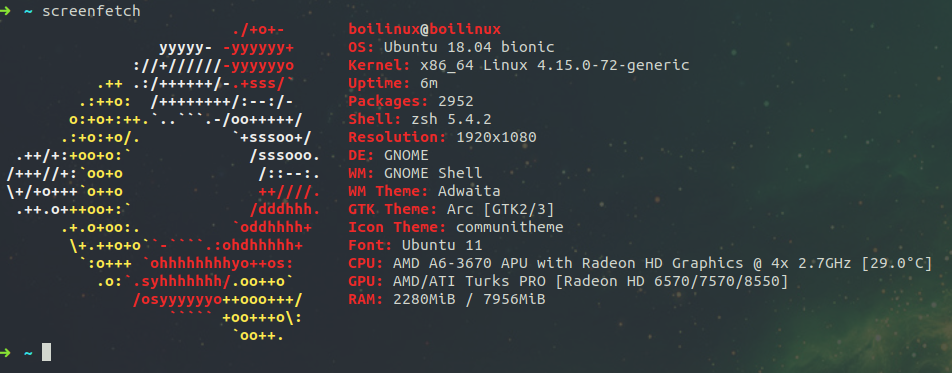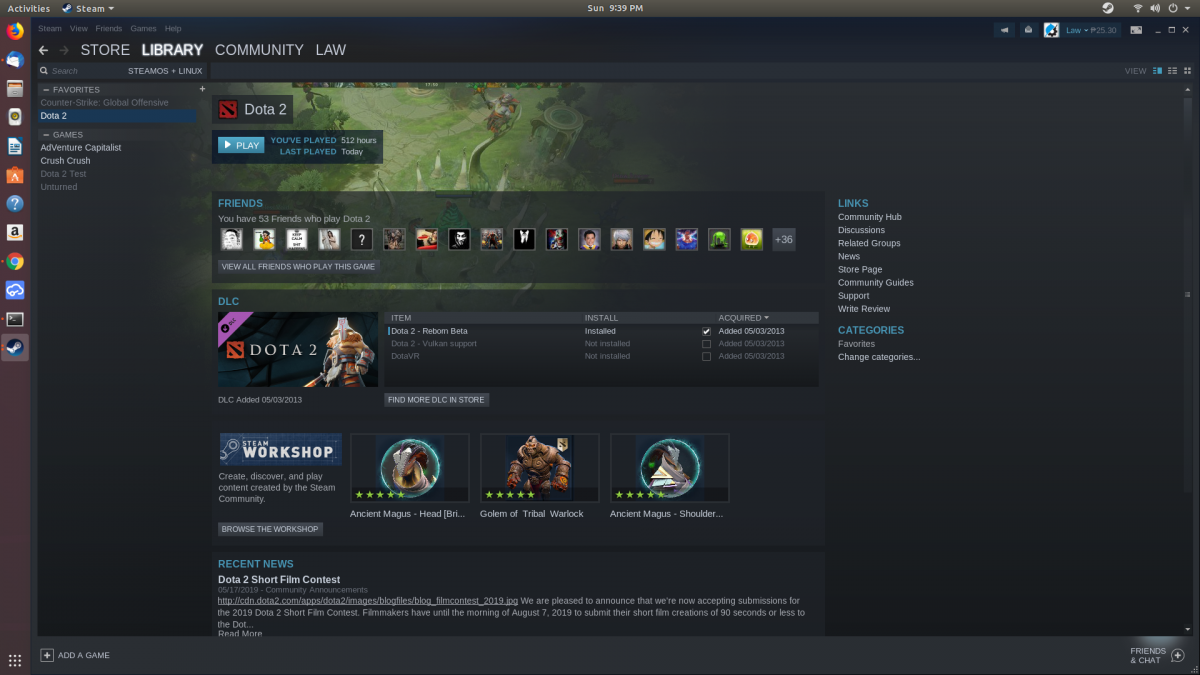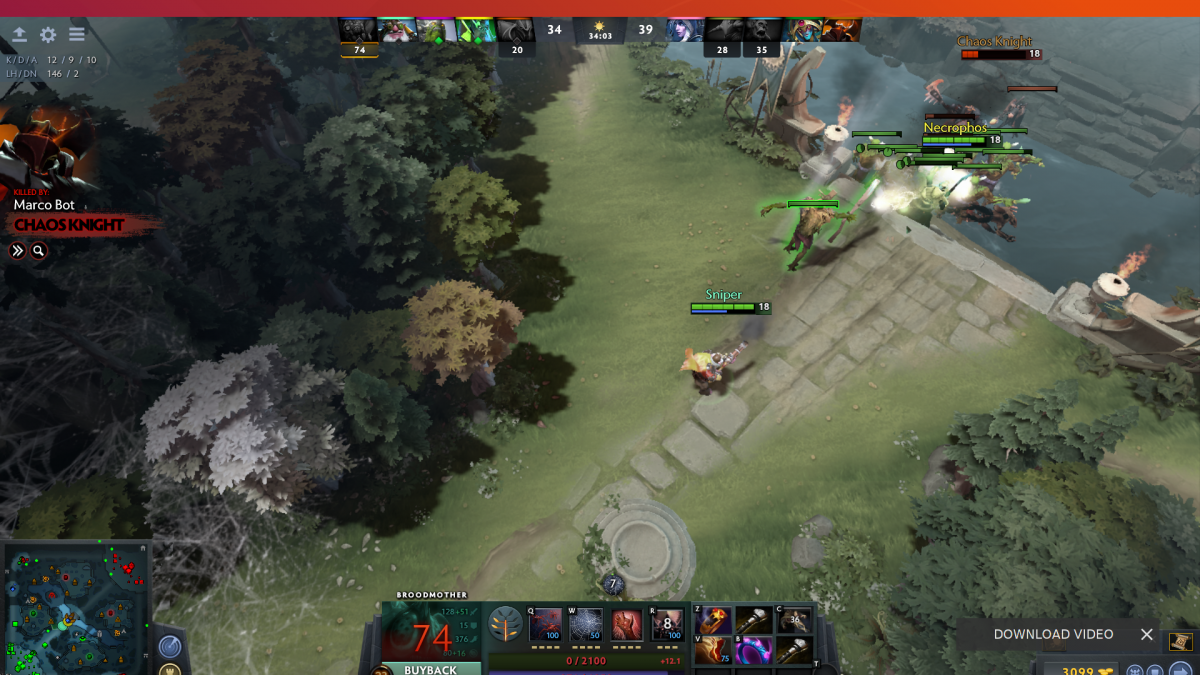-
Add
restrictedcomponent repositorysudo add-apt-repository restricted -
Update packages list
sudo apt-get update -
Confirm that you have kernel headers installed and updated
sudo apt-get install linux-generic -
Then install it again
sudo apt-get install bcmwl-kernel-source
How I setup my nvim | Debian 12
Submitted by stephenwenceslao on Sat, 05/11/2024 - 14:25I use this preconfigure nvim config: https://github.com/NeuralNine/config-files/blob/master/init.vim
1. Install neovim
sudo apt install neovim git-core curl
2. Create nvim directory under .config and paste the neovim preconfiguration from NeuralNine to init.vim
/home/username/.config/nvim/init.vim
init.vim configuration:




